11 native Canadian species that signal springtime
From the sweet melody of the song sparrow to the emergence of groundhogs from their burrows, one of the most exciting parts of the spring season is watching the natural world reawaken and blossom to life before our eyes. These eleven species, according to WWF-Canada’s urban biodiversity specialist Steve Hamel, are synonymous with the arrival of spring.
Have you seen them yet this year?
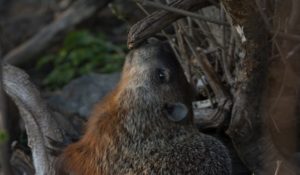
Groundhog
If a groundhog sees its shadow, according to superstition and Bill Murray, winter will last six more weeks, and if it doesn’t, spring will arrive early. But a surer sign spring is imminent is the emergence of male groundhogs from their burrows. Before even a first meal, he will mark his territory by rubbing his mouth glands against rocks, trees, and any other objects he encounters in his territory. The female usually rises one or two weeks later, and if she’s ready to mate, will accept his propositions.

Red-winged blackbird
The return of the red-winged blackbird is one of the earliest signs warmer days are coming. You may see or hear them as early as mid-March when the males, with their distinctive red-and-yellow wings, work hard to get noticed and protect their reproductive territory.
Ring-billed gull
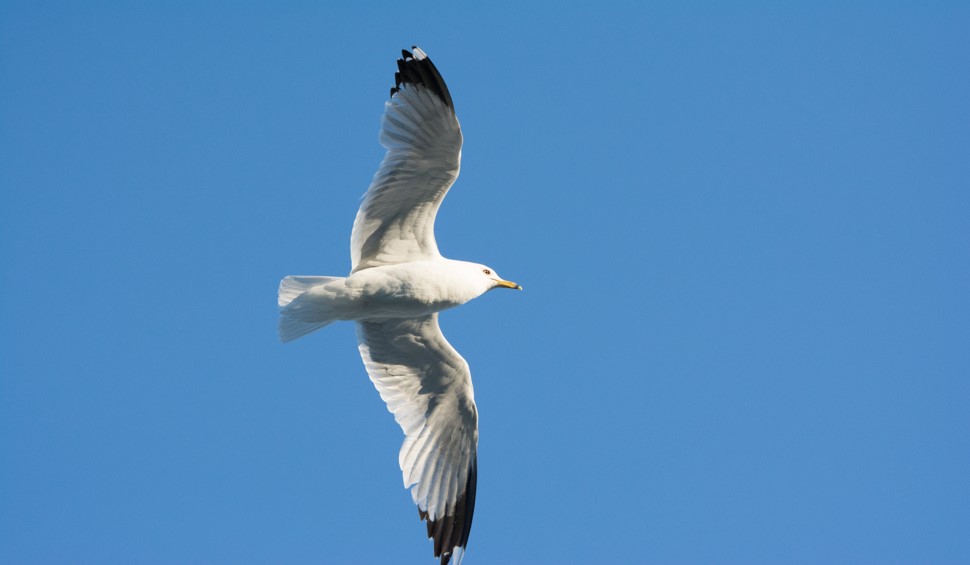
The ring-billed gull comes back to Canada after spending the coldest months on the East Coast, in Florida or close to the Great Lakes. With a reputation as a scavenger of picnic leftovers and trash cans, elegant isn’t a word many would use to describe the ring-billed gull; however, it deserves attention in the spring when its colours are at their brightest for mating season.
Lasius Minutus ant
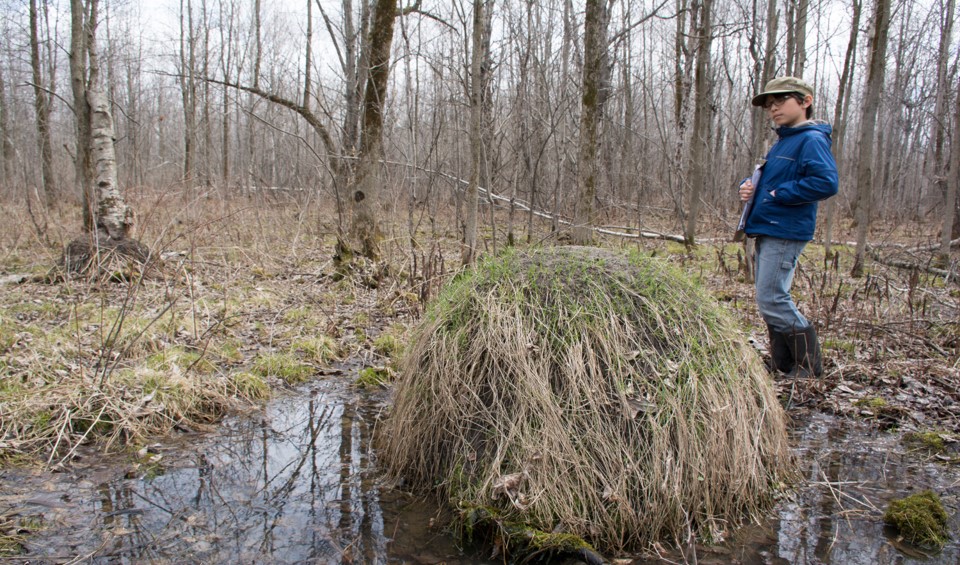
If you aren’t looking, it’s easy to miss this sign of spring: the mounds of Lasius Minutus ants are only visible right after the snow melts and are then are quickly camouflaged by vegetation. The mounds are actually anthills where the colony raises its aphids and feasts on the honeydew they make from the sap of tree roots. The mounds can often be found in swamp forests where black ash trees grow.
Canada goose
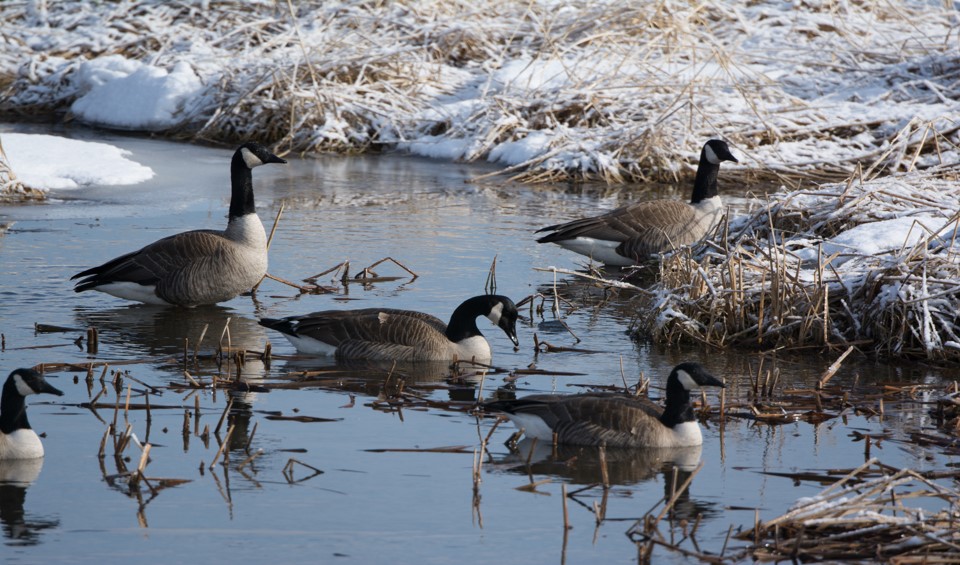
For many people, voluminous v-shaped flocks of our namesake bird announce spring’s arrival. That’s not quite true. Canada geese actually follow the melting snow home rather than the change in seasons. Some years it’s even possible to see geese in January if a mid-winter thaw occurs.
Song sparrow
The song sparrow is known for – you guessed it – its singing (listen to its song here). Spring can be a noisy season, but this species’ sweet melody breaks through the chatter and is an unmistakable sign that spring is here to stay.
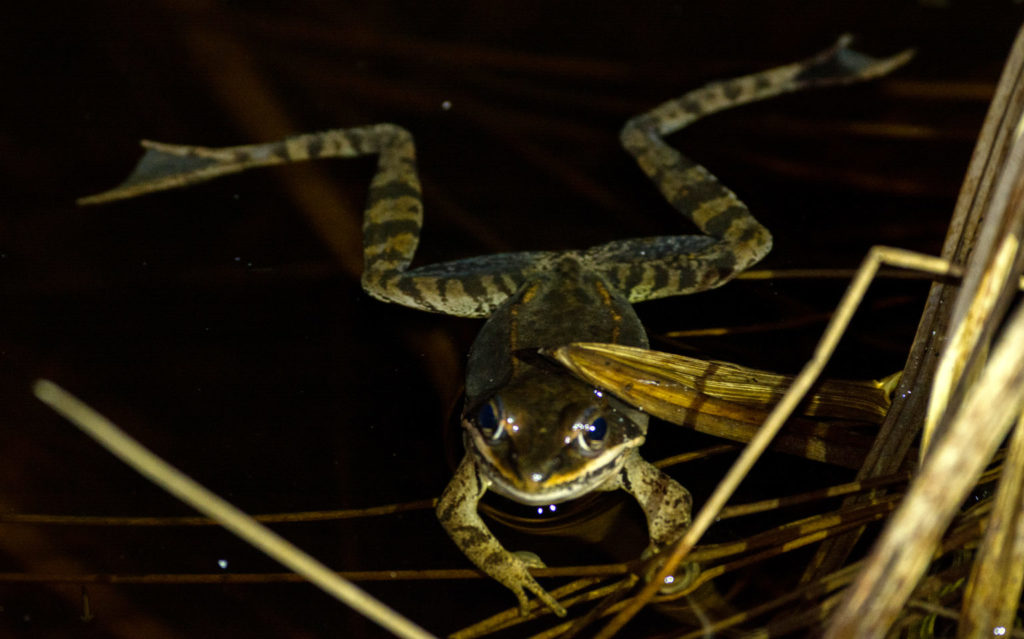
Wood frog
The wood frog is always early to the spring party, singing and mating when there is still ice in the water! You can already find clusters of its eggs in pounds at the start of the season.
Western chorus frog
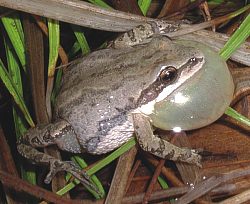
The western chorus frog is distinctive for its very small size and characteristic singing that resembles a cricket’s stridulation. Sadly, the western chorus frog is also distinctive for its endangered species status; its wetland habitat is being lost to residential or commercial development.
Common garter snake and American toad
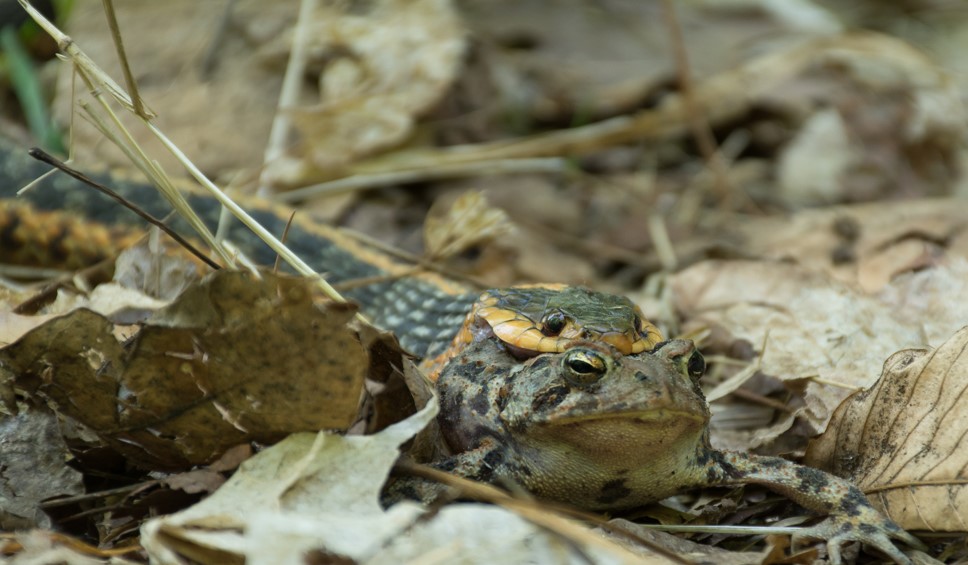
The American toad in this picture found itself in a very uncomfortable situation. Even though its warts are unpalatable — and even toxic — for many predators, they are no impediment for the common garter snake. Both species can be easily spotted in early spring.
Eastern comma butterfly
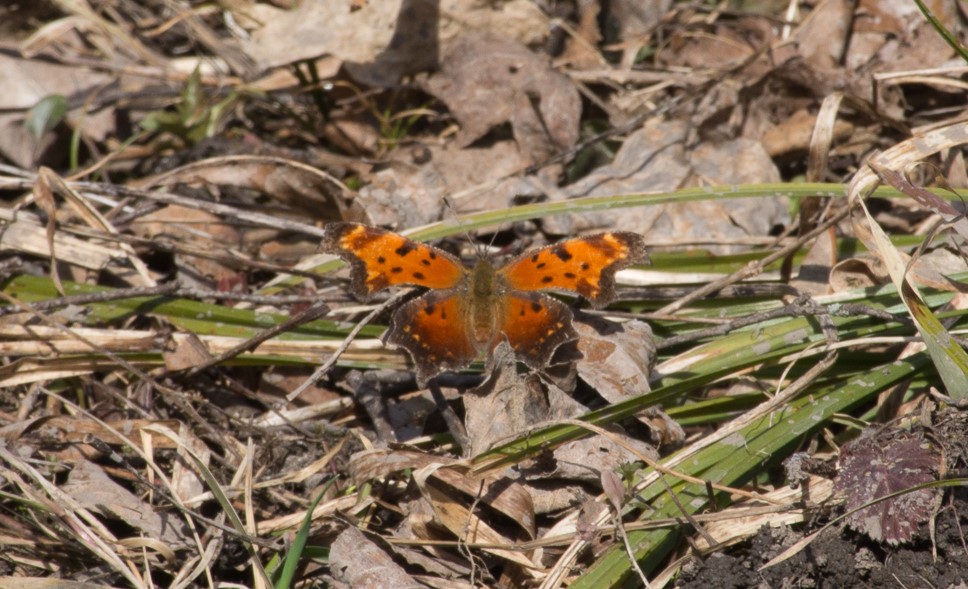
Keep your eyes wide open for this early bloomer. The eastern comma is the first butterfly species to metamorphosize, emerging from its cocoon at the beginning of the season while other butterfly species are still in their caterpillar form.
Keep your eyes wide open for this early bloomer. The eastern comma is the first butterfly species to metamorphosize, emerging from its cocoon at the beginning of the season while other butterfly species are still in their caterpillar form.
If you’re interested in helping native wildlife thrive this spring, consider starting a native plant garden.


